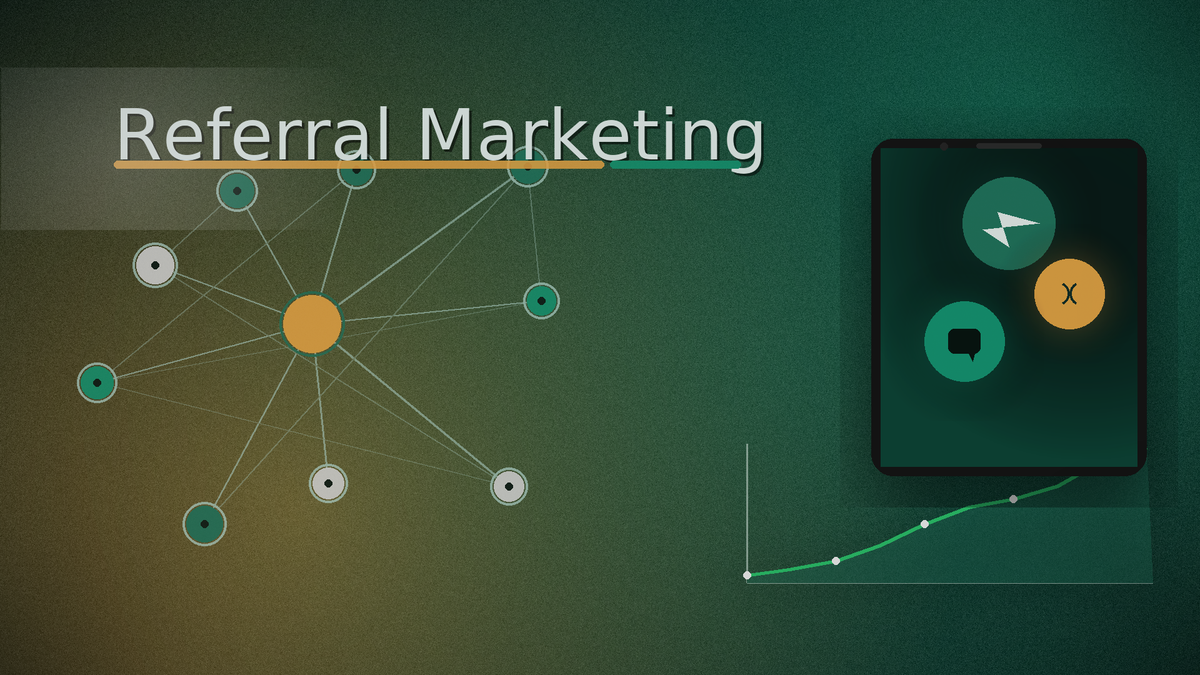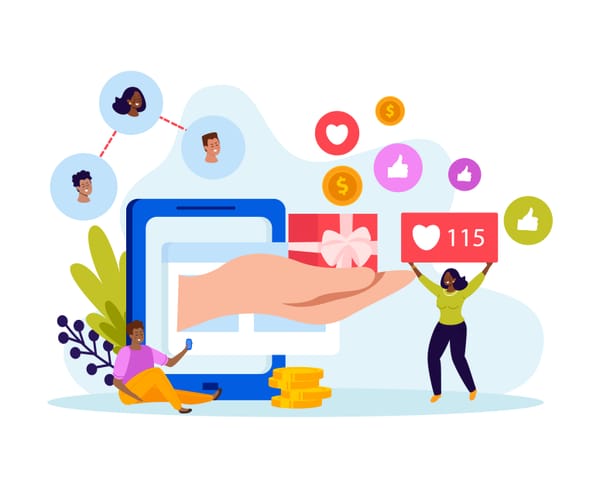Referral Programs for D2C in 2025: A Practical Playbook

Referral programs turn happy customers into a dependable acquisition channel with lower CAC, faster conversion, and stronger LTV. In India, they work best when they're WhatsApp-native, UPI-friendly, and COD-aware. Keep the journey effortless, automate ops, and reward only verified value.
Why referrals (especially in India)
• People trust people. Recommendations from friends and family remain the most trusted buying trigger.
• UPI is default. Design payouts and nudges around UPI to match real checkout behavior.
• WhatsApp is where India chats. Build sharing and reminders for WhatsApp first.
• COD reality. COD still drives a large share of GMV and carries higher RTO—trigger rewards on delivery (and, if needed, after the return window).
What makes referrals work
- Pick one goal. New customers, higher AOV, or faster repeats—choose one and design around it.
- Match incentives to margin.• Low friction: ₹ coupons, free shipping, small freebie. • Higher intent: tiered rewards (bigger perk after 3 successful referrals). • Double-sided rewards usually lift participation.
- Remove friction. One-tap share, prefilled message, deep links, real-time status.
- Place it everywhere. Thank-you page, order-delivered WhatsApp/SMS, account page, footer, transactional emails.
- Automate operations. Link generation, tracking, fraud checks, and payout—no spreadsheets.
India-specific design notes that move the needle
• WhatsApp-native sharing: Short, human copy plus a deep link that auto-applies the new-user reward.
• UPI-friendly rewards: Offer UPI cashback or store credit; announce instantly, pay on delivery confirmation.
• COD guardrails:
• Reward only after successful delivery (optionally after the return window). • Slightly smaller incentives for COD, larger for prepaid. • Add a prepaid nudge (extra ₹50–₹100) on the friend's first order.
• RTO reality: Track RTO on referred orders by category; tighten with address verification or prepaid-only tiers if needed.
• Language and brevity: Hinglish options can lift participation beyond metros.
• Festive readiness: Surface referral CTAs early; boost friend rewards slightly for prepaid during sale days.
Incentive ideas that fit Indian margins
• Double-sided ₹ coupon (₹150–₹300) for low-AOV FMCG/beauty.
• Free add-on (sachets, minis) on the first order; full-size after the 3rd referral.
• Shipping upgrade (free express on the friend's first order).
• Wallet/store credit issued on delivery; allow reasonable stacking.
Referral CAC should be ≤ blended paid CAC and safely below contribution margin.
Placement that actually gets used
• Order-delivered WhatsApp: "Your order's here 🙌 Got a friend who'd love it? Share your link your friend gets ₹200 off and you get ₹200 when it's delivered."
• Thank-you page: Big, single CTA with 1-tap WhatsApp share.
• Email/SMS: Post-purchase and post-delivery reminders.
• Account & footer: Persistent "Refer & Earn" with live status.
• Packaging insert: QR to the referral page (local language helps).
Anti fraud basics
• Device/email/phone de-dupes, velocity checks, IP and payment pattern checks.
• Delay referrer rewards until delivery; optionally until the return window closes.
• Cap monthly rewards per user; auto-block self-referrals.
What to measure (and early targets)
• Share rate after purchase.
• Friend click-to-first-order (by channel).
• Referral share of orders/revenue month over month.
• Cost per referred order vs paid CAC.
• RTO on referred orders vs baseline.
• Prepaid mix uplift on the friend's first order.
Benchmarks vary by category and AOV optimize trends, not vanity averages.
Quick economics sanity check
• Friend gets ₹200 off first order; referrer gets ₹200 store credit on delivery.
• If contribution margin is ~₹500/order and referred orders show slightly higher AOV/lower CAC, profitability often lands on the first or second order especially with prepaid nudges.
General rollout insights
• Choose one goal and a margin-safe incentive.
• Write short, brand-true WhatsApp share copy.
• Add CTAs to thank-you page, order-delivered WhatsApp/SMS, and account page.
• Set fraud/risk rules (delivery-based rewards, caps).
• QA the journey end-to-end on prepaid and COD.
• Launch → review weekly → iterate copy/reward → scale.
India context in one glance
• UPI is the default design payouts and nudges to match it.
• WhatsApp is the default sharing channel optimize for 1-tap sends.
• COD remains big protect margins with delivery-based rewards and prepaid nudges.
• Word-of-mouth is the most trusted route referrals formalize it.
A note on Referrush
Referrush helps Indian D2C brands run referral programs that feel native to how India shops and shares WhatsApp-first journeys, UPI-friendly rewards, and COD-aware guardrails without heavy dev lift.
FAQs
What's it called when you get money or a perk for referring someone? A referral reward/bonus cashback, coupon, store credit, freebie, or shipping upgrade.
Are referrals more effective than ads? They convert faster because trust comes pre-installed via a friend's recommendation.
Any downsides? Low participation if the flow is clunky or rewards don't match margins. Fix with simpler UX, double-sided rewards, and delivery-based payouts.
Should rewards be split between referrer and friend? Often yes. Double-sided rewards tend to lift participation—keep economics within margin.



